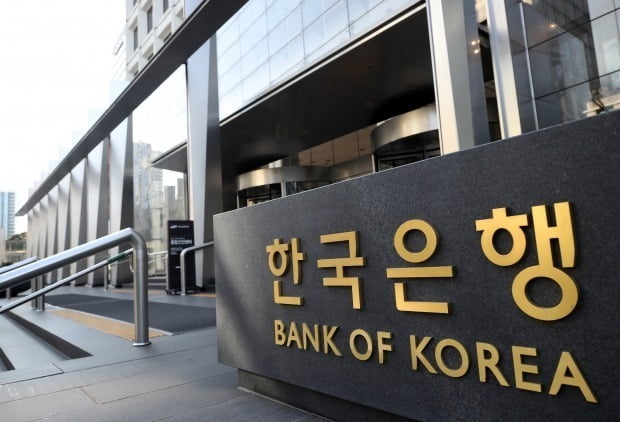Market interest rates soar at the end of the year
Nearly 1% of 3-year government bonds per year
The BOK reviewed the level of regularization of government bond purchases

Photo = Yonhap News
The Bank of Korea announced that it will maintain its easing monetary policy stance next year. It also indicated that if the economy contracted further, it would respond with policies other than the standard interest rate. It is through the method of purchasing government bonds (government bonds).
On the 25th, the BOK announced the ‘2021 Monetary Credit Policy Operation Direction’ containing these details. The BOK said, “We will support the recovery of the growth trend and maintain a easing monetary policy stance so that the inflation rate can reach the target level (2%).” In response to the Corona 19 crisis, the BOK lowered the standard interest rate by 0.5% points from 1.25% per year to 0.75% per year in March this year, and then further cut it to an all-time low of 0.5% in May.
The BOK also explained that “we will review effective use of policy tools other than the standard interest rate in preparation for the deepening of the economic slowdown.” As the benchmark interest rate has fallen to an all-time low of 0.5% per annum, it is interpreted to mean that it will use other policy measures such as purchasing government bonds rather than lowering the interest rate. The BOK said, “If the volatility of long-term market interest rates increases due to imbalances in the supply and demand of government bonds, we will purchase government bonds.” “When necessary, we will announce the timing and scale of government bond purchases in advance.” It also revealed a plan for the regularization of government bond purchases. The BOK purchased 11 trillion won worth of government bonds this year.
The BOK’s statement of increasing government bond purchases coincides with the increase in the volume of government bonds issued next year. The government has planned to issue 17.6 trillion won worth of government bonds next year. It is only an increase of 1.9 trillion won from this year, but it is far beyond the annual average of 100 trillion won in 2016-2019.
As the supply of government bonds increases, the price of bonds falls, causing market interest rates to soar. Analysis that the BOK, which lowered its benchmark interest rate to an all-time low of 0.5% per year, started to buy government bonds to block the construction effect (the government pushed up market interest rates by increasing the issuance of government bonds, reducing private consumption and investment) Comes out.
This construction effect was also captured recently. The 3-year Treasury bond rate rose by 0.01 percentage points on the 17th to 0.999% per year, the highest since April 29 (1.006% per year). The 3-year Treasury bond interest rate continued to rise after hitting a record low of 0.795% per year on August 5th. The 10-year Treasury bond yield also reached 1.732% a year on the 17th, the highest since January 20th (1.762% a year).
The rise in bond yields was attributed to the improved economic outlook as the Corona 19 vaccine was spread one after another in the United States and the United Kingdom. However, there is an analysis that the concern about the imbalance of government bond supply and demand was greater. If the market interest rate rises rapidly like this, the business conditions could worsen further, such as the increase in borrowing costs for self-employed and small and medium-sized businesses hit by the Corona 19 crisis.
Of course, recently, the market interest rate has fallen from the 17th as the preference for safe assets such as government bonds has risen due to the spread of Corona 19. According to the Korea Financial Investment Association, on the 24th, the 3-year Treasury bond rate rose 0.018 percentage points to 0.95% per year.
Reporter Kim Ik-hwan [email protected]
Ⓒ Hankyung.com prohibits unauthorized reproduction and redistribution
